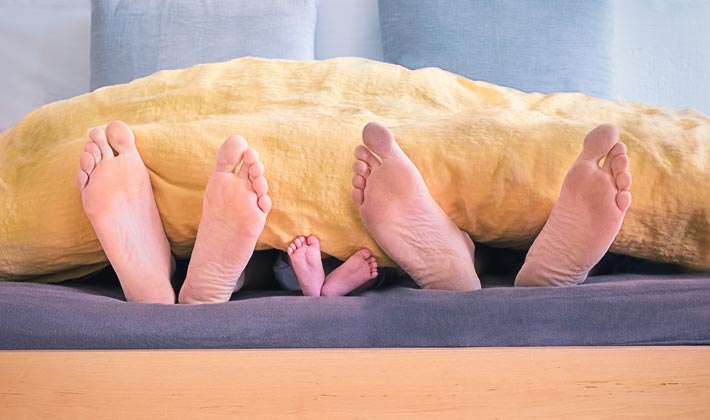Did you know that there are multiple foot types? Have you ever compared your arch to your friends and family? If you have, you may have noticed different arch shapes between people. In a broad sense, we tend to categorize arches into three different foot types: pes planus, pes cavus and a normal arch. Each foot type has its own set of issues that can develop.
Pes Planus (flat foot)
Pes planus is the medical term for a flat foot/low arch. This is probably the most common foot type a Pedorthist will see in their clinic.
There are varying degrees of pes planus from mild to severe. Milder pes planus foot types have a low arch that is much lower to the ground than what is considered normal. A severe pes planus is the easiest to recognize because this arch is completely flat on the ground. The more severe the pes planus, the more likely that a bone on the inside of the foot will start to protrude out.
This foot type can lead to pain in different parts of the lower limb. Pain can develop on the bottom of the foot because as the arch flattens, it pulls all the structures under the foot/arch. The inside of the foot and ankle can also be affected because the ankle will also roll in, straining the structures trying to keep the arch in a normal position. The knee, hip and lower back can also be affected because when the foot rolls in, the lower and upper leg also roll in.
Callusing may also develop with this foot type due to excessive pressure where there shouldn’t be. Common areas of callusing are the inside of the big toe and the bottom of the arch. Toeing off of the inside of the big toe is common for the pes planus foot type, creating pressure and a callus. As mentioned earlier, the bone on the inside of the foot may protrude out. This bone may start to rub on a shoe or the ground, creating a callus (rough skin) or redness.
A bunion is another common issue that may arise with this foot type. If constantly toeing off of the inside of the big toe, the pressure can gradually push this toe towards the rest of the toes, which can lead to a bunion.
Pes Cavus (high arch)
Pes cavus is the medical term for a high arch, the opposite of pes planus. This arch is considered higher than what would be considered normal.
This foot type may lead to pain in the feet, knees, hips or lower back. If the foot is rigid, there may be an issue with shock absorption. The foot should naturally move slightly to absorb shock. Without this shock absorption, another area of the lower limb may absorb this additional shock and lead to pain. If this foot type is combined with a flexible foot, issues may arise with excessive motion because the arch has a longer distance to travel.
With a high arch, more pressure is put on the points at the ball of the foot and the heel. This may lead to callusing in these areas. The additional pressure on the ball of the foot may also lead to a shift in the fat pad as well as a collapse to the arch at the ball of the foot. Clawed toes may also develop with the shift and the collapse of the ball of the foot.
Normal Arch
A normal arch is in the middle of pes planus and pes cavus, which is not too low and not too high.
Even with a normal arch, issues may still arise. If the foot is very flexible, the normal arch may become a flat foot when standing. This can lead to similar issues as a pes planus foot type. Sometimes there may be muscle imbalances or other issues in the lower limb which are affecting the feet.
Treatments
Custom made foot orthotics are commonly used to address issues originating from your foot type. They help to control excessive motions, absorb shock and address issues at the level of the feet. In the case that muscle imbalances or other issues are causing pain, support may be used in the treatment plan to accelerate or aid the main treatments.
Proper shoes are important to complement an orthotic device as well as provide support and prevent exaggerating issues from your foot type. Look for footwear with the appropriate support for your foot type without overcorrecting. A Canadian Certified Pedorthist can help you determine which shoes are right for you.
If an issue arises from your foot type, a Canadian Certified Pedorthist can give recommendations based on many factors, including your foot type and complaints.
By Julia Hayman, C. Ped (C)
